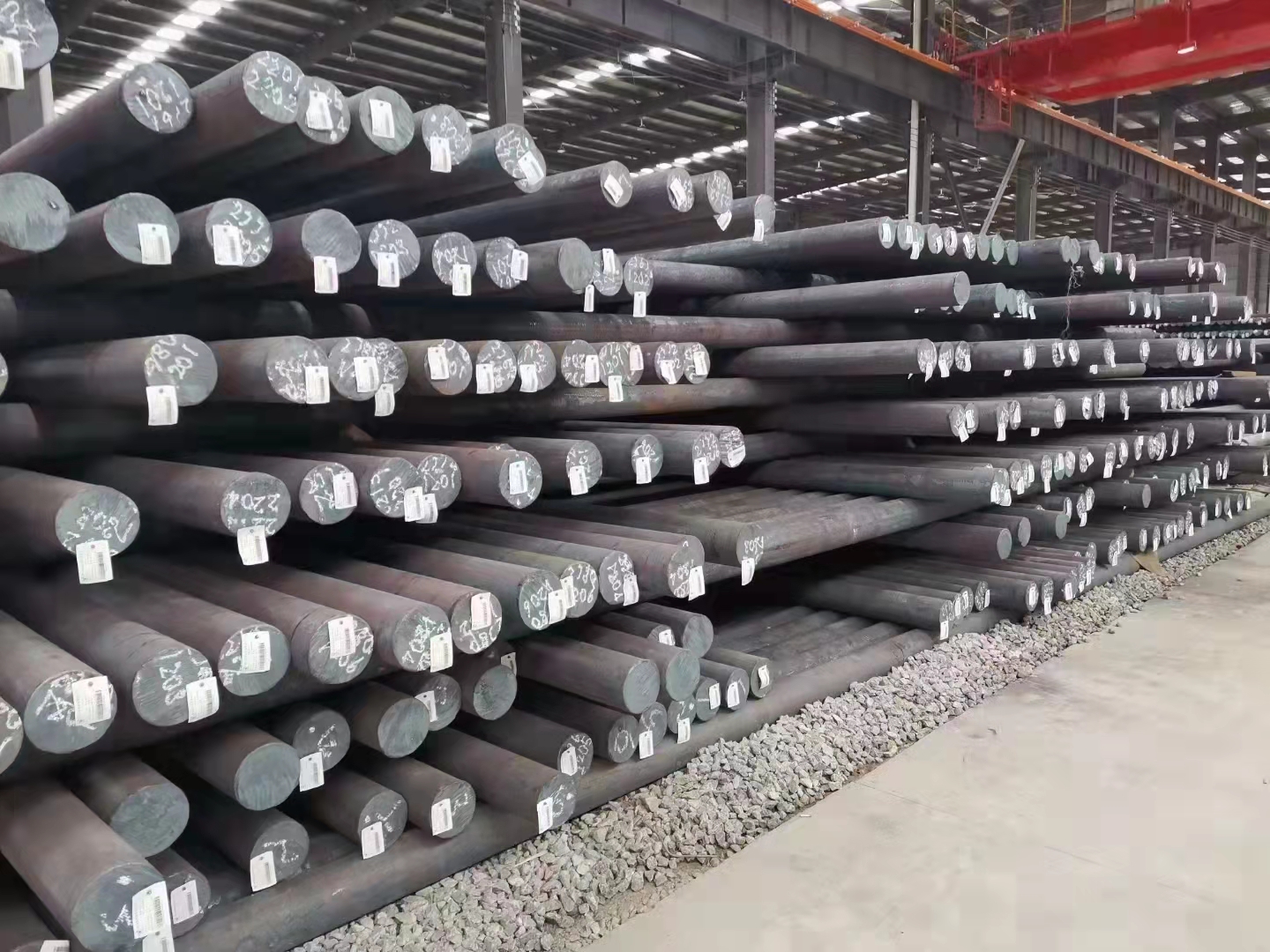Europe has been busy lately. They have been overwhelmed by the multiple supply shocks of oil, natural gas and food that follow, but now they are faced with the looming steel crisis.
Steel is the foundation of modern economy. From washing machines and automobiles to railways and skyscrapers, all of them are products of steel. It can be said that we basically live in a steel world.
However, Bloomberg has warned that steel may soon become a luxury after the Ukraine crisis started to soar across Europe.
01 Under the tight supply, steel prices have pressed the “double” switch
In the case of an average car, steel accounts for 60 percent of its total weight, and the cost of this steel has risen from 400 euros per ton in early 2019 to 1,250 euros per ton, worldsteel data show.
Specifically, European rebar costs have soared to a record €1,140 per tonne last week, up 150% from the end of 2019. Meanwhile, the price of hot rolled coil has also hit a record high of around 1,400 euros per ton, an increase of nearly 250% from before the pandemic.
One of the reasons why European steel prices have soared is the sanctions imposed on some steel sales in Russia, also involving oligarchs that own a majority stake in Russia’s steel industry, the world’s third-largest steel exporter and Ukraine’s eighth .
Colin Richardson, steel director at price-reporting agency Argus, estimates that Russia and Ukraine together account for about a third of EU steel imports and nearly 10% of European country demand. And in terms of European rebar imports, Russia, Belarus and Ukraine can account for 60%, and they also occupy a large share of the slab (large semi-finished steel) market.
In addition, a steel dilemma in Europe is that about 40% of the steel in Europe is produced in electric arc furnaces or small steel mills, which use a lot of electricity to convert scrap iron compared to iron and coal for steelmaking. Melt and forge new steel. This approach makes small steel mills more environmentally friendly, but at the same time brings about a fatal disadvantage, that is, high energy consumption.
Now, what Europe lacks most is energy.
Earlier this month, European electricity prices briefly surpassed a high of 500 euros per megawatt-hour, about 10 times what they were before the Ukraine crisis. Rising electricity prices have forced many small steel mills to close or reduce output, only operating at full capacity on nights when electricity prices are cheaper, a scene that is being played out from Spain to Germany.
02 Steel prices may rise in panic, making high inflation worse
There is now industry concern that steel prices could rise sharply, possibly by another 40% to around €2,000 a tonne, before demand slows.
Steel executives say there is a potential supply risk to rebar if electricity prices continue to soar, which could prompt more small European mills to close, a concern that could spark panic buying and push steel prices further. high.
And for the central bank, soaring steel prices could add to high inflation. This summer, European governments may have to face the risk of rising steel prices and potential supply shortages. Rebar, which is mainly used to strengthen concrete, may soon be in short supply.
So what is happening now is that Europe may need to wake up quickly. After all, based on past experience, supply chain tensions are spreading faster than expected, and the impact is far greater than expected, plus few commodities can be as critical as steel to so many industries. Important, currently there are only Chinese carbon steel stainless steel and other products, and the increase is still within an acceptable range.
Post time: Apr-07-2022

